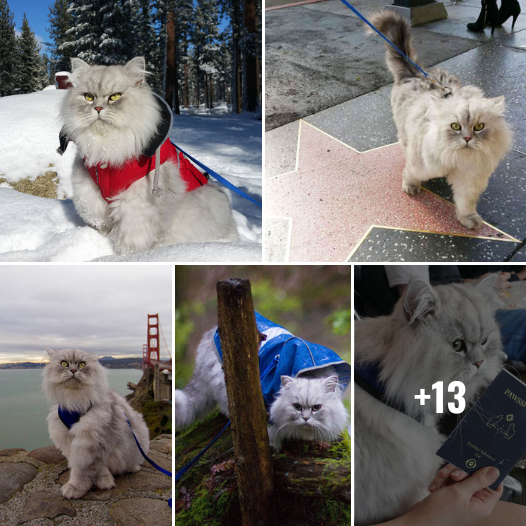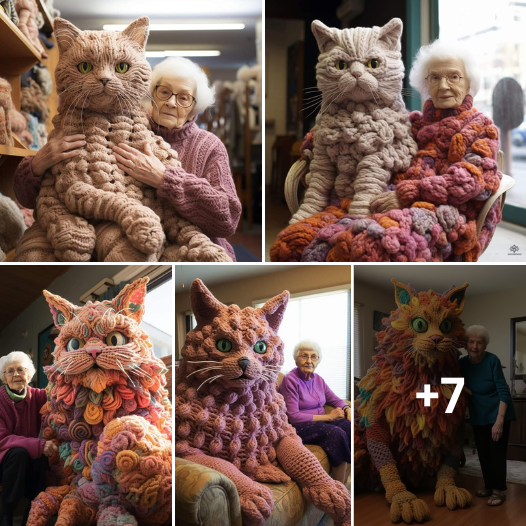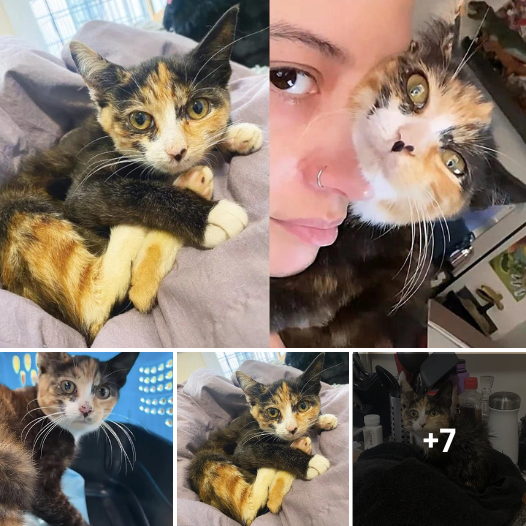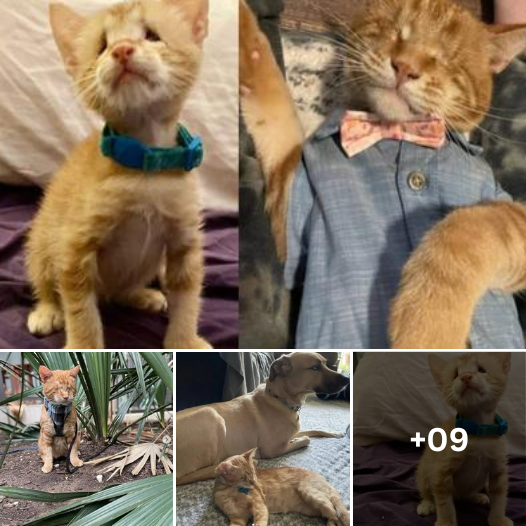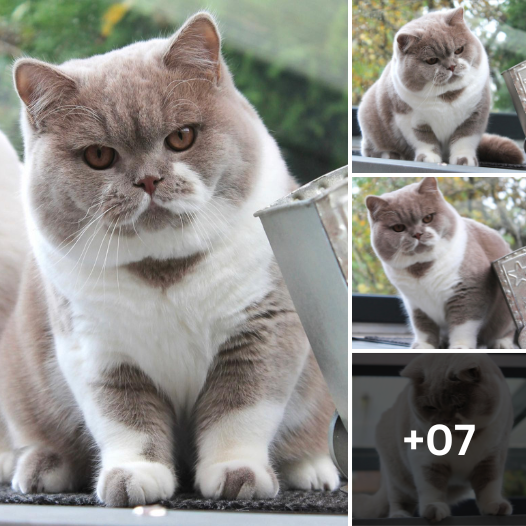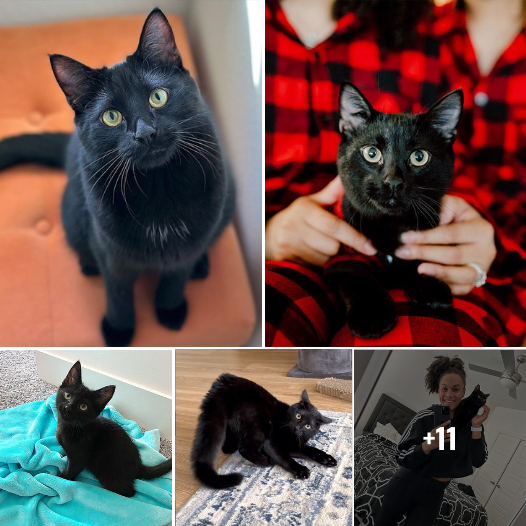Meet the Majestic Bengals: Inside the World of the Most Captivating Cat Breed!
The Bengal cat enchants with its regal and intelligent demeanor, captivating all who witness its beauty. Its athletic stature and remarkable coat pattern, alongside its expressive facial features, make it a spellbinding sight. Known for its amiable and inquisitive nature, the Bengal is a beloved companion for enthusiasts of feline friends. These lively creatures relish interactive playtime and outdoor adventures with their human companions, boasting a lineage that enhances their enigmatic charm.
Historically, the Bengal’s roots were first noted in Harrison Weir’s 1889 “Our Cats and All About Them,” highlighting the interbreeding between an Asian leopard cat and domestic breeds. This history was further chronicled in a 1924 Belgian scientific periodical and a contemporary Japanese cat journal.
Jean Mills, a conservationist for the Asian leopard cat, significantly influenced the Bengal breed we recognize today. By meticulously breeding hybrids of wild Asian leopard cats with domestics over several generations, she established the Bengals as a domestic breed. Her efforts, alongside others like Pat Warren, William Engle, and Dr. Willard Centerwall, cultivated the breed’s popularity.
A charming video of a Bengal mother tenderly caring for her kitten illustrates the breed’s nurturing instincts. The Bengal’s lineage traces back to the Middle Eastern Felis silvestris lybica, dating to the ancient Egyptian period.
Bengals have steadily gained recognition among cat associations, with TICA accepting them in 1983 and other organizations like GCCF and FIFe following in the late ’90s. In 2016, the CFA also welcomed the breed, acknowledging their show-worthy status. Prospective owners should be aware of local regulations on hybrid breeds and ensure that their Bengal is several generations removed from its wild ancestors.
For those considering a Bengal or other hybrid breeds, it’s imperative to understand the local legislation and health concerns these cats may face, such as hip dysplasia and heart conditions. Working with reputable breeders or rescue groups, regular veterinary visits, and behavioral consultations are vital for a Bengal’s health and happiness. These cats are characterized by their exuberance, affection, intelligence, and independence, and require an environment rich with stimulation and interaction.
When it comes to diet, transitioning your Bengal from mother’s milk to solids can include ground raw meat or high-quality dry food, depending on your preference. Active Bengals may need more sustenance than the average cat, with a balanced diet of meat and dry food recommended. Caution should be exercised with raw meat, and a variety of human foods can be safe in moderation, avoiding those that are toxic to cats.
The Bengal breed’s allure is enhanced by their stunning coat and eye color variations, including shades like brown, silver, and snow, and patterns like blue and marbled. Prospective owners should commit to the care that these playful and affectionate cats require, seeking out credible breeders or rescues. Despite their distinctive appearance, Bengals share similar dispositions with other domestic cats, each with its unique personality.

